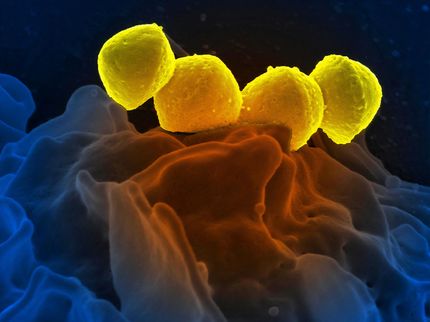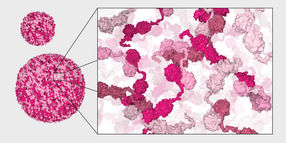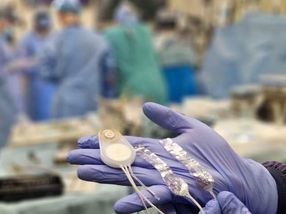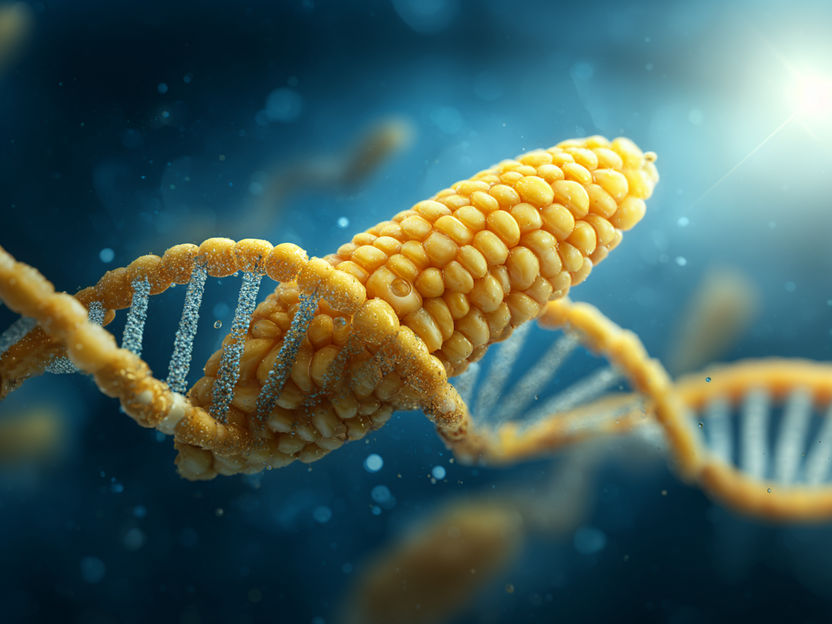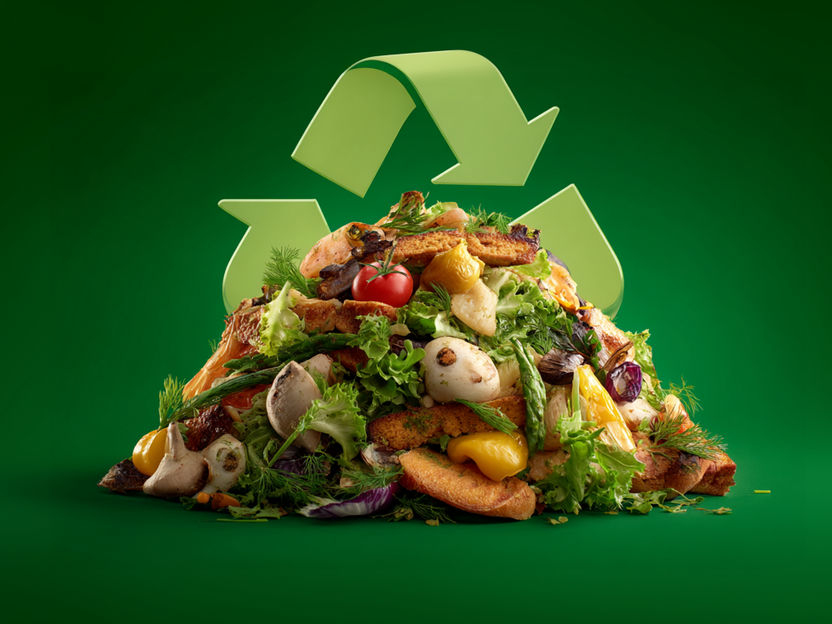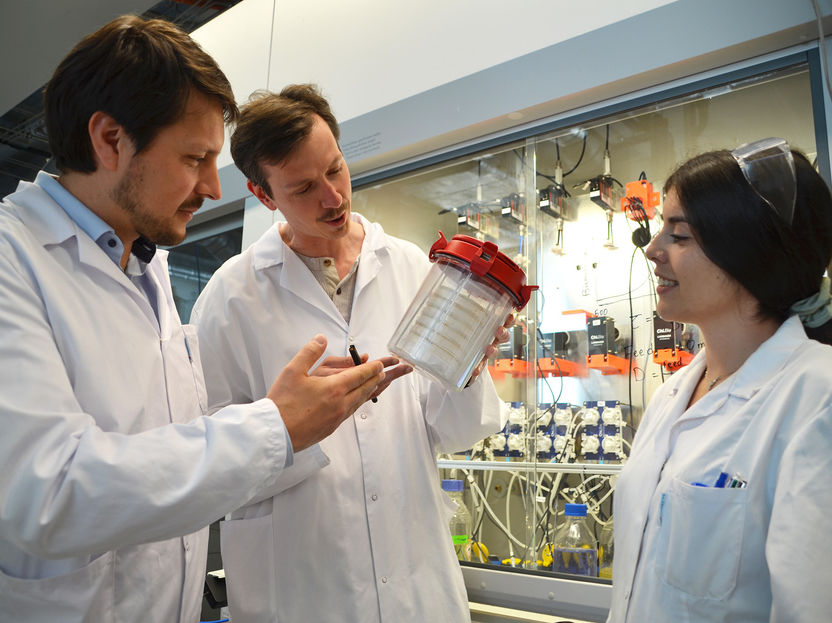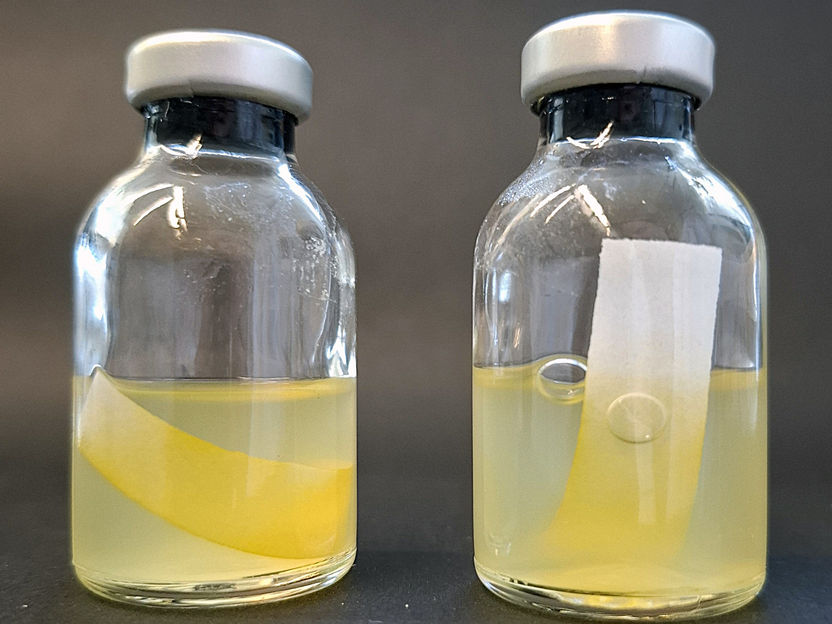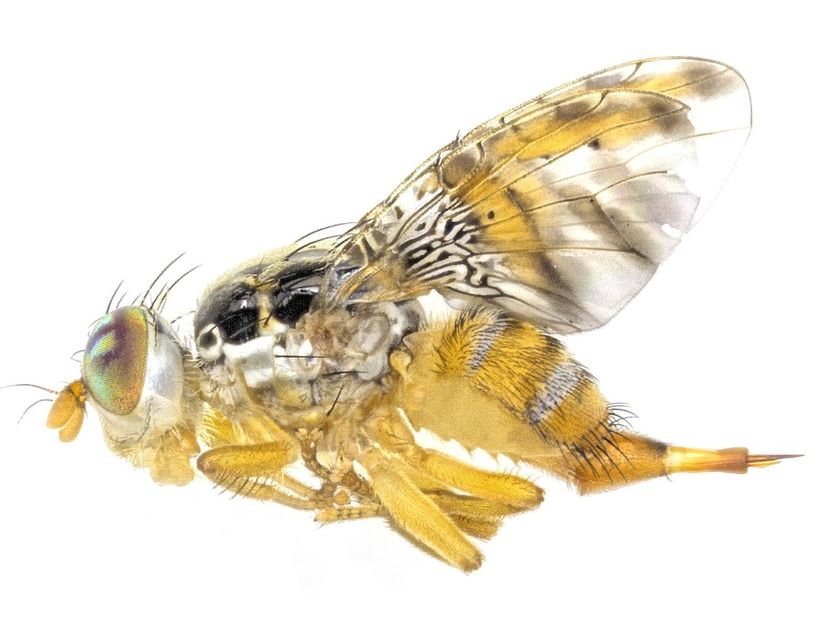Edible, biodegradable fibers made from milk protein, cellulose
Sustainable food packaging, wound dressings, cosmetics, filtration and more are all areas in which work is showing promise
Advertisement
milk protein and cellulose derived from plants may be the next big thing in sustainability, thanks to a first-of-its-kind advancement made by researchers at Penn State. Accomplished via electrospinning, which involves using a voltage to force a liquid solution into a cone shape that stretches and morphs into tiny fibers as the solution jets from an ejector, the team combined the milk protein casein with hydroxypropyl methylcellulose, a compound also known as hypromellose and derived from plant material, to create nanofibers 1,000 times thinner than a human hair. They then manipulated those fibers into mats that hold promise for a variety of products, like biodegradable — and even edible — food packaging.
“In a proof-of-concept study, we demonstrated the successful fabrication of stand-alone casein-rich electrospun mats,” said team co-leader Federico Harte professor of food science in the College of Agricultural Sciences. “Protein-based electrospun nanofibers are highly sought after for their potential use in tissue engineering, biomedical applications such as wound dressings, and emerging roles in edible packaging, offering sustainable food preservation and safety solutions.”
In the study, available online now and slated to publish in the September issue of the Journal of Colloid and Interface Science, the researchers reported that the combination of casein enriched with hypromellose was electrospinnable up to a cellulose-to-casein ratio of one to four. However, fibers with the fewest beads, which are thickened, irregular sections, and greatest surface area — making them most desirable for inclusion in mats — were spun from a solution with a cellulose-to-casein ratio of 1:12.
And, in a novel discovery, at 100% relative humidity, the fiber mats chemically reacted to moisture with ease, transforming into clear films that hold potential for food wrap, the researchers suggested.
“Casein has a long history of use as a material for both food and non-food uses,” said team co-leader Gregory Ziegler, distinguished professor of food science, explaining that the protein can enhance food textures and nutritional values, as well being used in the production of glues, paints, paper coatings, cosmetics and pharmaceuticals. “This research adds to its utility by giving a new form: nanofibers.”
This study was the latest in a series of published research involving the electrospinning of casein, Harte noted. Previously, this research group assessed the electrospinning of casein alone and casein combined with carrageenan, a food additive derived from red seaweed and primarily used as a thickener, stabilizer and emulsifier in various food products. However, the mats produced in those studies contained weak and brittle nanofibers.
In this study, the researchers tested the idea of supplementing casein with hypromellose, which they hypothesized could provide strength and flexibility to the protein. They were right.
“The idea here was to create mats based on casein, which is something that hasn't been done before,” Harte said. “Our early efforts using casein alone clearly showed that we needed to improve the mechanical properties of the mats, and we eventually decided to add hypromellose because we thought that an interaction between casein and cellulose would optimize mechanical properties in these mats.”
Harte added that future research will explore novel applications for the edible casein nanofibers such as food packaging and filtration.




